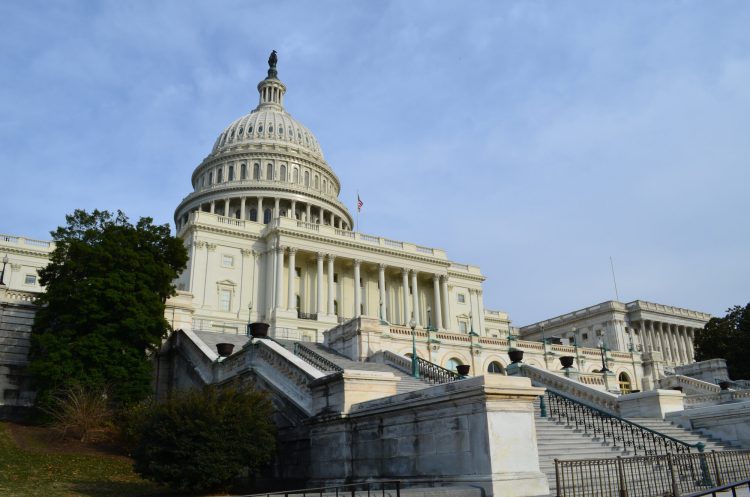This guest column by Robert L. Bixby, executive director of The Concord Coalition, was published in The Telegraph (New Hampshire).
Time is running out for timely action to ensure that Social Security is secure.
Think back to 2002. It was only 16 years ago. For many of us, that doesn’t seem so long ago.
Now, think forward 16 years to 2034. In that year the combined Social Security Old Age and Survivors Insurance and Disability trust funds are projected to become insolvent.
That means if you are 51 years old or younger, you are paying into a system that will be insolvent by the year you are eligible to begin receiving full benefits.
It also means that if you are just claiming full benefits this year, the trust funds will run out when you are 82 – not an appealing prospect for someone who would find it difficult to go out and find a job.
If you include these projections in your retirement planning, you have to assume that by 2034 trust fund insolvency will leave Social Security able to pay just 79 percent of its promised benefits. That translates into a sudden 21 percent benefit cut.
Congress and President Donald Trump can change this grim scenario by swiftly enacting reforms.
That is why the Social Security trustees warned in their 2018 report released this month, “Lawmakers should address these financial challenges as soon as possible. Taking action sooner rather than later will permit consideration of a broader range of solutions and provide more time to phase in changes so that the public has adequate time to prepare.”
Significantly, they added, “Earlier action will also help elected officials minimize adverse impacts on vulnerable populations, including low-income workers and people already dependent on program benefits.”
The 2018 warning was not a sudden inspiration. The trustees have been issuing such warnings annually for many years. And yet politicians refuse to act.
Ignoring the problem, however, puts at risk the retirement security of older Americans, the economic prospects of younger Americans and the fiscal future of the nation. The longer the delay, the more unpalatable the choices become.
In fact, because political leaders have consistently ignored the trustees’ previous warnings, the choices have already become rather difficult.
According to the trustees, ensuring trust fund solvency for the next 75 years would require an immediate and permanent payroll tax rate increase this year to 15.18 percent, up from 12.4 percent. Alternatively, benefits would need to be cut by 17 percent across the board. If current beneficiaries were exempted, the cut would need to be 21 percent for all new beneficiaries.
Waiting until 2034 to act would require a payroll tax rate increase to 16.27 percent or an across the board benefit cut of 23 percent. Exempting all current beneficiaries from cuts in 2034 would make it impossible to achieve 75-year solvency without a tax increase, even if all benefits were eliminated for new beneficiaries.
Obviously, these are extreme examples, and some combination of tax increases and benefit cuts could do the job. The numbers illustrate, however, that no matter how the task is eventually accomplished, it just gets harder with every passing year.
An even more urgent reason to act is the growing gap in Social Security’s cash flows. Trust fund solvency is relevant as a matter of internal government bookkeeping, but what really matters for the federal budget and the economy is the fact that the program is paying out more than it is taking in.
Trust fund “reserves” are simply government bonds that must ultimately be funded out of the U.S. Treasury.
Viewed from a budgetary perspective, Social Security is already running a deficit and this adds to the total government deficit. In 2017, that deficit was $41 billion. By 2033, the year before insolvency, it will be $461 billion in today’s dollars. That’s because program costs will rise with the retirement of more baby boomers and longer lifespans as the payroll tax rate remains fixed.
The unconscionable political dynamic of all this is that as the problem grows bigger, political leaders seem even less inclined to do anything about it.
The message to younger voters is clear: If you want to make sure the system is sound for your retirement, don’t just assume that aging baby boomers will “do the right thing.” Social Security reform is not about the old. It is about the young. Demand action.
Continue Reading


